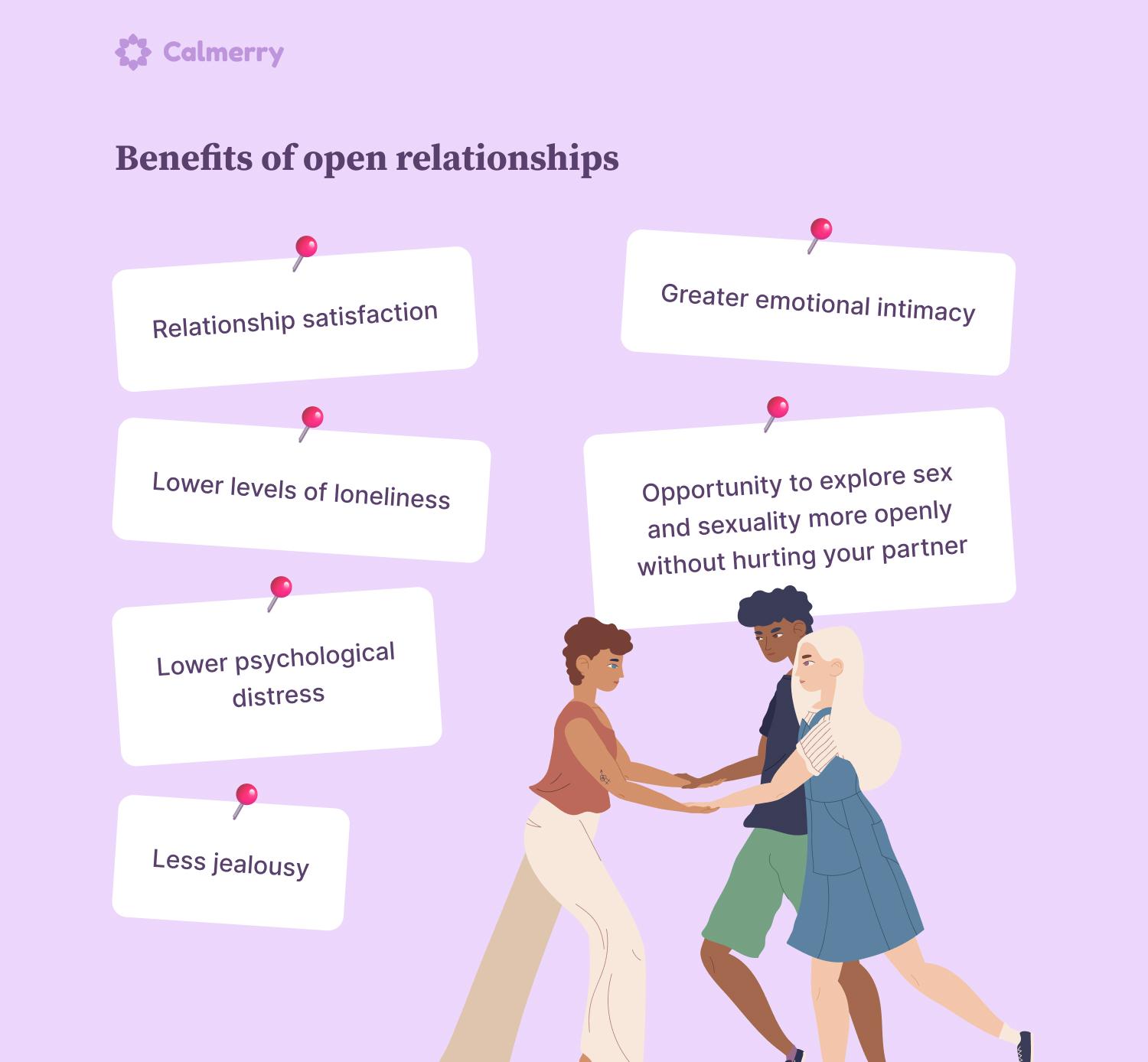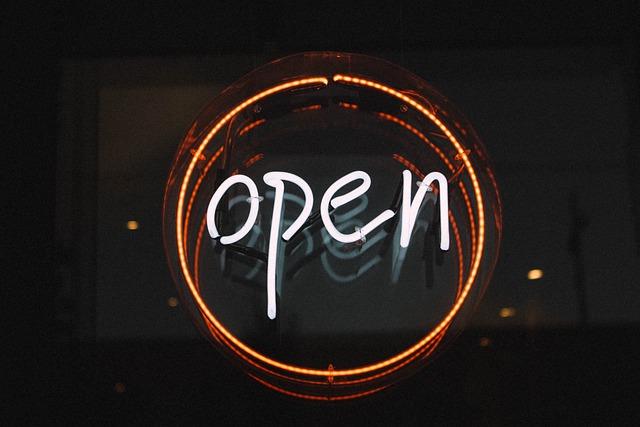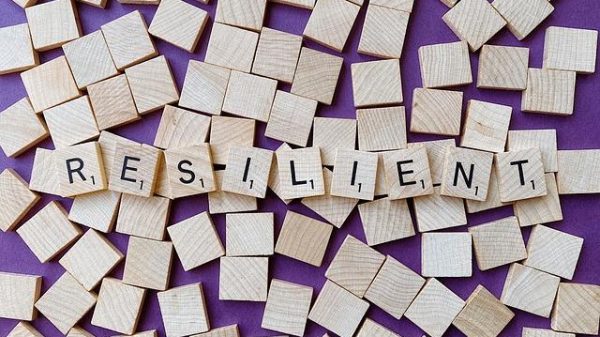In a world where the boundaries of love and commitment are constantly being redefined, the concept of open relationships has emerged from the shadows of societal norms to challenge the traditional paradigms of romance. As we navigate the complexities of modern relationships, a question arises: could open relationships be the future of long-term commitment? This exploration delves into the evolving landscape of love, where emotional intimacy and personal freedom intertwine, offering a fresh perspective on how couples can cultivate lasting bonds. Through the lens of open relationships, we examine the potential for a new narrative in enduring partnerships, one that embraces flexibility, communication, and a deeper understanding of human connection. Join us as we unravel this intricate tapestry of modern love, where the possibilities are as boundless as the horizons of the heart.
Exploring the Dynamics of Open Relationships
The landscape of romantic partnerships is evolving, with more couples embracing open relationships as a viable option for long-term commitment. This approach challenges the traditional boundaries of monogamy, offering a framework that emphasizes communication, trust, and personal growth. As society becomes more accepting of diverse relationship structures, open relationships provide a platform for individuals to explore their desires while maintaining a deep connection with their primary partner.
- Communication: Establishing clear and open lines of dialogue is crucial for success.
- Trust: Building and maintaining trust is foundational, ensuring that all parties feel secure.
- Personal Growth: Encouraging individual exploration can lead to a stronger bond.
While not without challenges, this model promotes a flexible and adaptive approach to love, allowing partners to redefine their commitments in ways that align with their evolving needs and desires. As the conversation around relationship dynamics continues to grow, open relationships may indeed pave the way for a new understanding of what long-term commitment can mean.
Understanding the Emotional Landscape of Non-Monogamy
Exploring the emotional landscape of non-monogamy requires delving into the complexities that accompany open relationships. Emotions like jealousy, insecurity, and fear often surface, challenging traditional notions of commitment. Yet, for many, these relationships also bring about a profound sense of freedom, self-discovery, and intimacy. Understanding these emotions can lead to healthier dynamics, where open communication and mutual respect become the cornerstones of a thriving relationship.
- Jealousy: Often perceived as a negative emotion, jealousy can serve as a catalyst for deeper self-awareness and personal growth.
- Insecurity: Navigating feelings of inadequacy requires partners to engage in ongoing dialogues, fostering a more supportive and nurturing environment.
- Fear: Addressing the fear of losing a partner can transform it into an opportunity for building stronger, more resilient connections.
- Freedom: Embracing the autonomy that non-monogamy offers can lead to enhanced personal fulfillment and exploration.
- Intimacy: Sharing experiences with multiple partners can deepen emotional bonds, creating a diverse and enriching relationship tapestry.

Strategies for Navigating Open Relationship Challenges
Embracing the dynamics of open relationships can often be a journey through uncharted waters. To successfully navigate these challenges, it’s essential to establish a strong foundation of communication. Regular check-ins with your partner can help address any emerging concerns or feelings, allowing both parties to express their needs and boundaries openly. Additionally, creating a set of agreed-upon rules can provide clarity and prevent misunderstandings. This might include discussing topics like time management, emotional involvement with others, and safe practices.
Another key strategy is cultivating emotional resilience. Open relationships may evoke unexpected feelings of jealousy or insecurity, and it’s crucial to approach these emotions with patience and self-awareness. Practicing mindfulness or seeking support from a therapist experienced in non-traditional relationships can be invaluable. Moreover, embracing a mindset of flexibility can help adapt to the evolving nature of open relationships. Being open to revisiting and revising agreements as needed ensures that the relationship remains a nurturing and supportive environment for both partners.
- Communication: Establish open dialogues and regular check-ins.
- Boundaries: Agree on rules regarding emotional and physical interactions.
- Emotional Resilience: Address jealousy and insecurities with patience.
- Flexibility: Be open to revising agreements as the relationship evolves.

Guidelines for Establishing Boundaries and Trust
Creating a thriving open relationship hinges on the delicate balance between establishing clear boundaries and fostering trust. Communication is the cornerstone of this process, as it allows partners to articulate their needs, desires, and limitations effectively. It’s essential to engage in regular, open conversations where both parties feel safe to express their emotions and concerns without fear of judgment.
- Set Clear Boundaries: Define what is acceptable and what is not. This might include agreements on emotional involvement, time spent with other partners, or specific activities.
- Prioritize Transparency: Share experiences and feelings honestly. This builds a solid foundation of trust and ensures that both partners remain on the same page.
- Respect Autonomy: Allow each partner the freedom to explore while respecting the agreed-upon boundaries.
Trust is nurtured through consistent actions and mutual respect. When both partners honor their commitments and remain open to renegotiating terms as the relationship evolves, they create a dynamic that not only supports their individual growth but also strengthens their bond. By embracing these guidelines, couples can navigate the complexities of open relationships with confidence and clarity.








